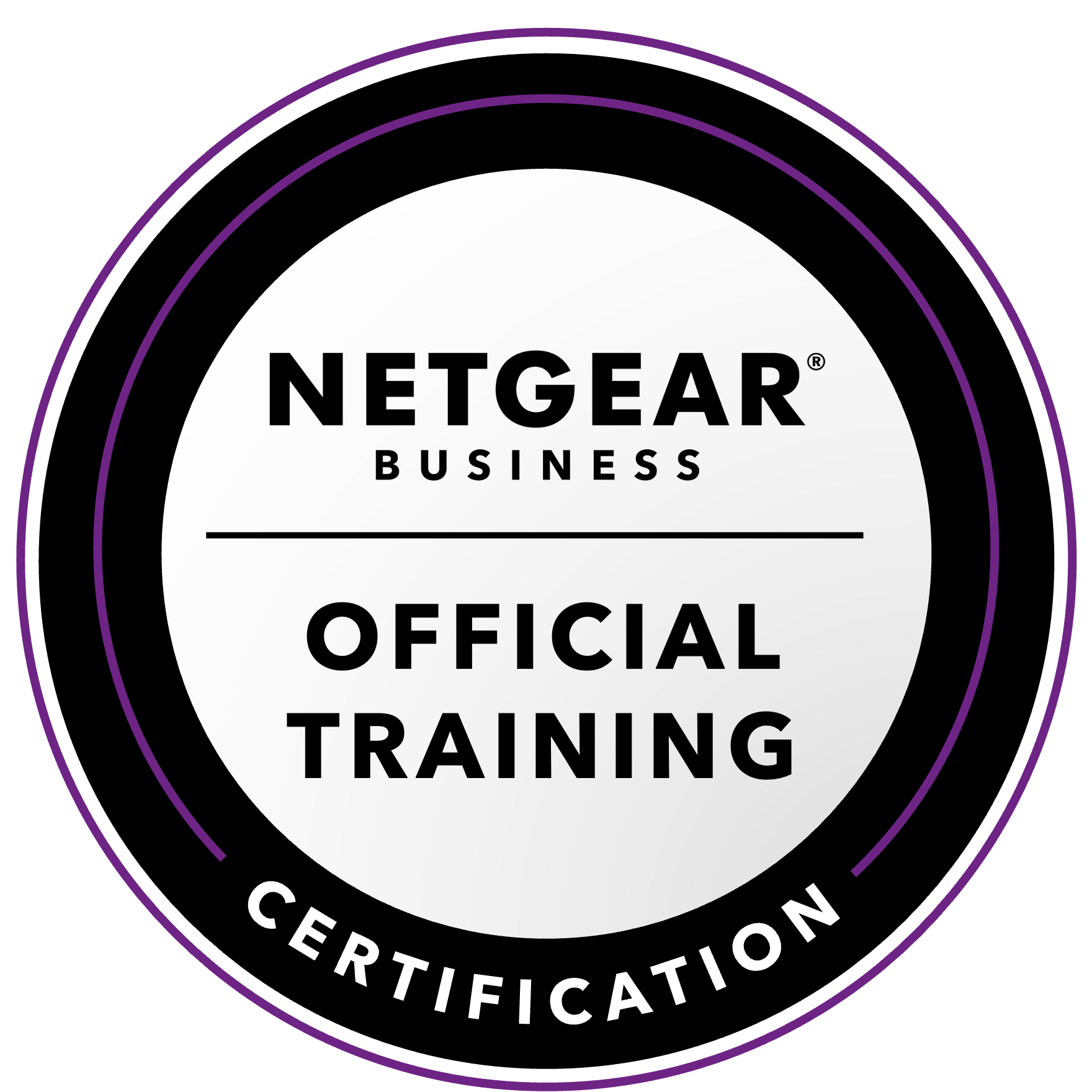NETGEAR is aware of a growing number of phone and online scams. To learn how to stay safe click here.
Forum Discussion
Mic-cosmos
May 24, 2021Follower
Hash Mode and Throughput Problems With GS724Tv4 Link Aggregation (LAG) Using LACP With Synology
This is an updated set of questions to a problem that I had with a similar scenario here. Basically, with the previous scenario, I was able to "fix" the issue by setting the hash policy to "layer3+4".
I have since upgraded the GS116Ev2 to GS724Tv4 (firmware 6.3.1.36) and am now using LACP instead of static LAG. Default hash policy "layer2 0" on the Synology would only result in 1Gbps bandwidth while pulling with two clients. This is again "fixed" by changing the hash policy to "layer3+4".
My questions:
1) Is it because that the GS724Tv4 remains a layer 2 switch and the LAG to Syno continue to use 1 MAC address that while operating hash policy "layer 2 0" that I'm only able to pull 1Gbps? This is regardless of whether my LAG is connected using static or LACP?
2) Is there a setting that I can set on GS724Tv4 that would recognize that the Syno LAG is actually two MAC addresses and thus would allow hash policy "layer 2 0" to work?
1 Reply
- schumakuGuru - Experienced User
Mic-cosmos wrote:Default hash policy "layer2 0" on the Synology would only result in 1Gbps bandwidth while pulling with two clients. This is again "fixed" by changing the hash policy to "layer3+4".
Permitting this is tested on the same local switch: Reads to me the Syno does not properly put the L2 MAC TX hash policy in place. Nothing the switch can change on this....
Just for the curiosity, can you grab the Linux bonding driver details from the running system? Somethig like # cat /proc/net/bonding/bond*
Related Content
NETGEAR Academy

Boost your skills with the Netgear Academy - Get trained, certified and stay ahead with the latest Netgear technology!
Join Us!
